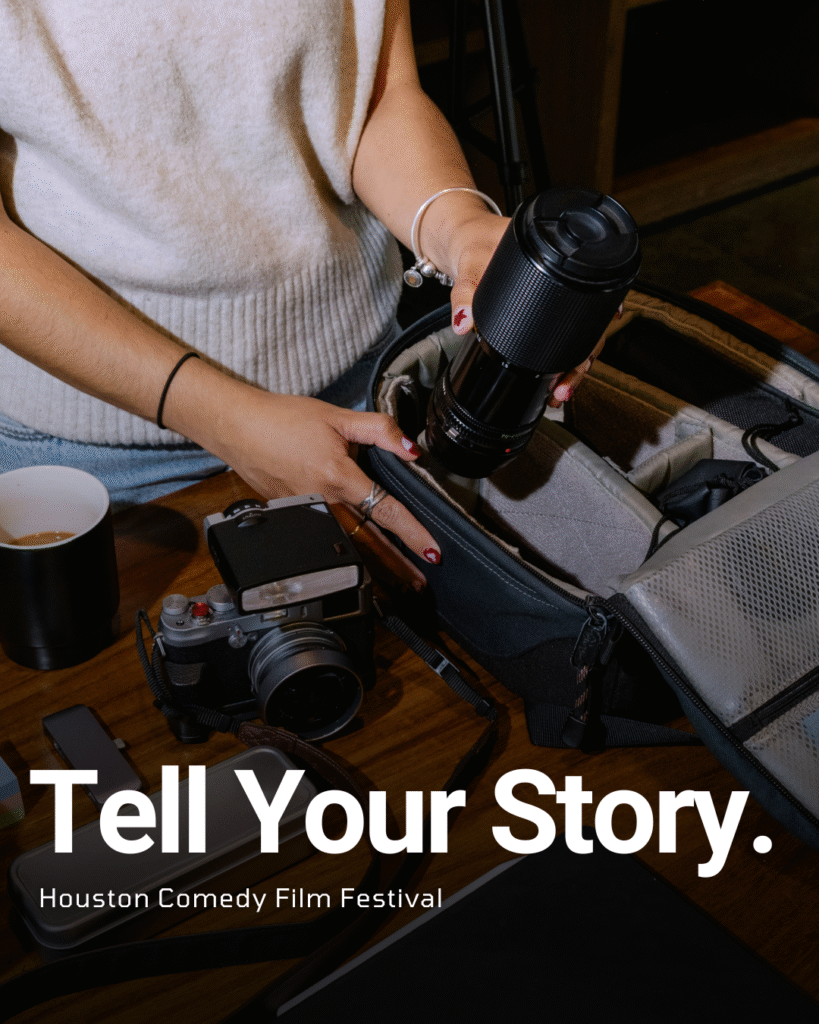Entertainment
Kate Chastain Says Ben Loves ‘Below Deck’ Fans Calling Him Her Son’s Dad on August 8, 2023 at 2:53 pm Us Weekly

Kate Chastain and Ben Robinson are not concerned about the false rumors swirling around about him being the father of her 3-month-old son, Sullivan.
“I don’t even think they look alike. All I can do at this point is laugh. It’s a high compliment to Ben, so I’m happy for him,” Chastain, 40, exclusively told Us Weekly on Monday, August 7, during a joint interview with Captain Lee about their upcoming Bravo series, Couch Talk With Captain Lee and Kate.
The former Below Deck star, who welcomed her son in May, said Robinson, 42, has found the speculation to be funny, adding, “I think he loves it. Ben loves it more than I do for sure.”
Chastain has been addressing questions about her son’s paternity since she announced her pregnancy in December 2022. After confirming her plans to raise her child solo, Chastain slammed insinuations that Robinson secretly fathered Sullivan.
“It would be great if people would stop commenting and messaging me ‘baby Ben!’…….every single day,” she tweeted late last month alongside photos of Robinson, whom she briefly dated from 2014 to 2015, and her son as infants. “For reference this is Ben as a baby on the left next to Sullivan. Clearly not related.”
Chastain has been much more excited to discuss her baby boy’s milestones.
Kate Chastain. Stephanie Diani/Bravo
“It’s nice when you’re doing all this work to get a little reciprocation [such as] a little smile or a little giggle. That’s just nice. They change so fast at this age that every day he does something new and it’s how they get you,” she quipped to Us on Monday. “There’s so much work, but every day there is a new surprise. So it just keeps you in love with them, which is really smart on their part.”
She also opened up about her ongoing journey as a new mom.
“Sullivan’s 3 months now, so I think I’m finally finding a groove and I’m really enjoying it. I love it so much, but I am constantly shocked by how much work it is. And that’s coming from me who was known on Below Deck for working quite a lot. It’s a lot of work that I love so much,” Chastain shared. “Postpartum was no big deal [for me] just because I was so distracted by having this baby. I’m very fortunate in that way and I’m just absolutely obsessed with him.”
She continued: “A lot of my [family and] friends were like — before I had Sullivan — said, ‘Listen Kate, it’s OK if you don’t like him at first. Don’t feel bad.’ And I was like, ‘Does your child know you’ve are telling me this advice?’ So I’m very lucky that I’ve just been in love since day one.”
Captain Lee, 73, for his part, has been thrilled to see his offscreen friend embark on this next chapter of her life.
“I’ve said this to Kate before, I think the most apparent important thing about being a parent is to actually be a parent first,” he said during the joint interview. “You’ve got plenty of time to be their friend later. As they’re growing up, they need a parent.”
Even though Chastain has been enjoying her first months with Sullivan, Bravo fans shouldn’t expect to see the little one on screen just yet.
“We watch Bravo — Captain Lee and I — on Couch Talk past Sullivan’s bedtime sometimes,” Kate explained about why she hasn’t filmed with her baby for the show. “But in my household, Sullivan has to be a Bravo fan. That’s all we have on.”
Chastain went on to say that the best part of reuniting with Captain Lee has been hearing his hot takes on all things Bravo. “Captain Lee is so funny and I don’t know why I am constantly surprised by it,” she detailed. “On the phone or doing Couch Talk, I look at him and I’m just like, ‘You are so funny.’ I think I should just accept it. But he always surprises me with that.”
Lee, meanwhile, considers his Couch Talk series with Kate a project that was a long time coming.
“I’ve been looking forward to this for years because I’ve always thought that Kate and I had a certain chemistry that worked really well together. I tried to pitch Bravo on a talk show concept years ago and they just weren’t going for it until they did,” he told Us. “Doing this is much easier than [filming Below Deck]. It’s back to the good old days. If something needs to be done, Kate just does it. You don’t have to worry about it.”
Couch Talk With Captain Lee and Kate premieres on Bravo Monday, August 14 at 10 p.m.
With reporting by Christina Garibaldi
Kate Chastain and Ben Robinson are not concerned about the false rumors swirling around about him being the father of her 3-month-old son, Sullivan. “I don’t even think they look alike. All I can do at this point is laugh. It’s a high compliment to Ben, so I’m happy for him,” Chastain, 40, exclusively told
Us Weekly Read More
Entertainment
California Bans AI Clones from Replacing Real Talent

California just made a dramatic stand for human creativity, defeating the threat of AI actor clones with a sweeping new law that puts people—not algorithms—back in the Hollywood spotlight. With the stroke of Governor Gavin Newsom’s pen in October 2025, the state has sent a clear message to studios, tech companies, and the world: entertainment’s heart belongs to those who create and perform, not to digital facsimiles.
California Draws a Hard Line: No More AI Clones
For months, the entertainment industry has been divided over the use of artificial intelligence in filmmaking. Studios, lured by promises of cost-cutting and creative flexibility, have invested in software that can mimic an actor’s face, voice, and even emotional range. But for performers, this wave of synthetic reproduction has triggered alarm—encouraged by chilling stories of deepfakes, unauthorized digital doubles, and contracts that let studios reuse a star’s likeness indefinitely, sometimes without pay or approval.
The new California law, anchored by AB 2602 and AB 1836, changes everything:
- Every contract must explicitly detail how studios can use digital replicas or voice models, preventing once-common “blank check” agreements that overlooked this risk.
- No one—not studios nor streaming giants—can create or release AI-generated clones of an actor, living or dead, without clear, written consent from the performer or their estate.
- The law gives families new powers to defend loved ones from posthumous deepfake exploitation, closing painful loopholes that once let virtual versions of late icons appear in new ads, films, or games.
Actors Celebrate a Major Victory
The legislation rides the momentum of the recent SAG-AFTRA strike, where real-life talent demanded control over their own digital destinies. Leaders say these protections will empower artists to negotiate fair contracts and refuse participation in projects that cross ethical lines, restoring dignity and choice in an industry threatened by silent algorithms.
Stars, unions, and advocacy groups are hailing the law as the most robust defense yet against unwanted AI replications.
As one actor put it, “This isn’t just about money—it’s about identity, legacy, and respect for real artists in a synthetic age.”
A New Chapter for the Entertainment Industry
California’s move isn’t just a victory for local talent—it’s a warning shot to studios everywhere. Companies will now be forced to rethink production pipelines, consult legal counsel, and obtain proper clearance before digitally cloning anyone. Global entertainment platforms and tech developers will need to comply if they want to do business in the world’s entertainment capital.

These laws also set a template likely to ripple through other creative fields, from musicians whose voices can be synthesized to writers whose work could be mimicked by generative AI. For now, California performers finally have a powerful shield, ready to fight for the right to shape their own public image.
Conclusion: Human Talent Takes Center Stage
With its no-nonsense ban on AI actor clones, California draws a bold line, championing the work, likeness, and very humanity of its creative stars. It’s a landmark step that forces the entertainment industry to choose: respect real talent, or face real consequences. The age of the consentless digital double is over—human performers remain the true source of Hollywood magic.
Entertainment
Chaos and Comedy: Darby Kingman’s “Camp Wackapoo: Rise of Glog”
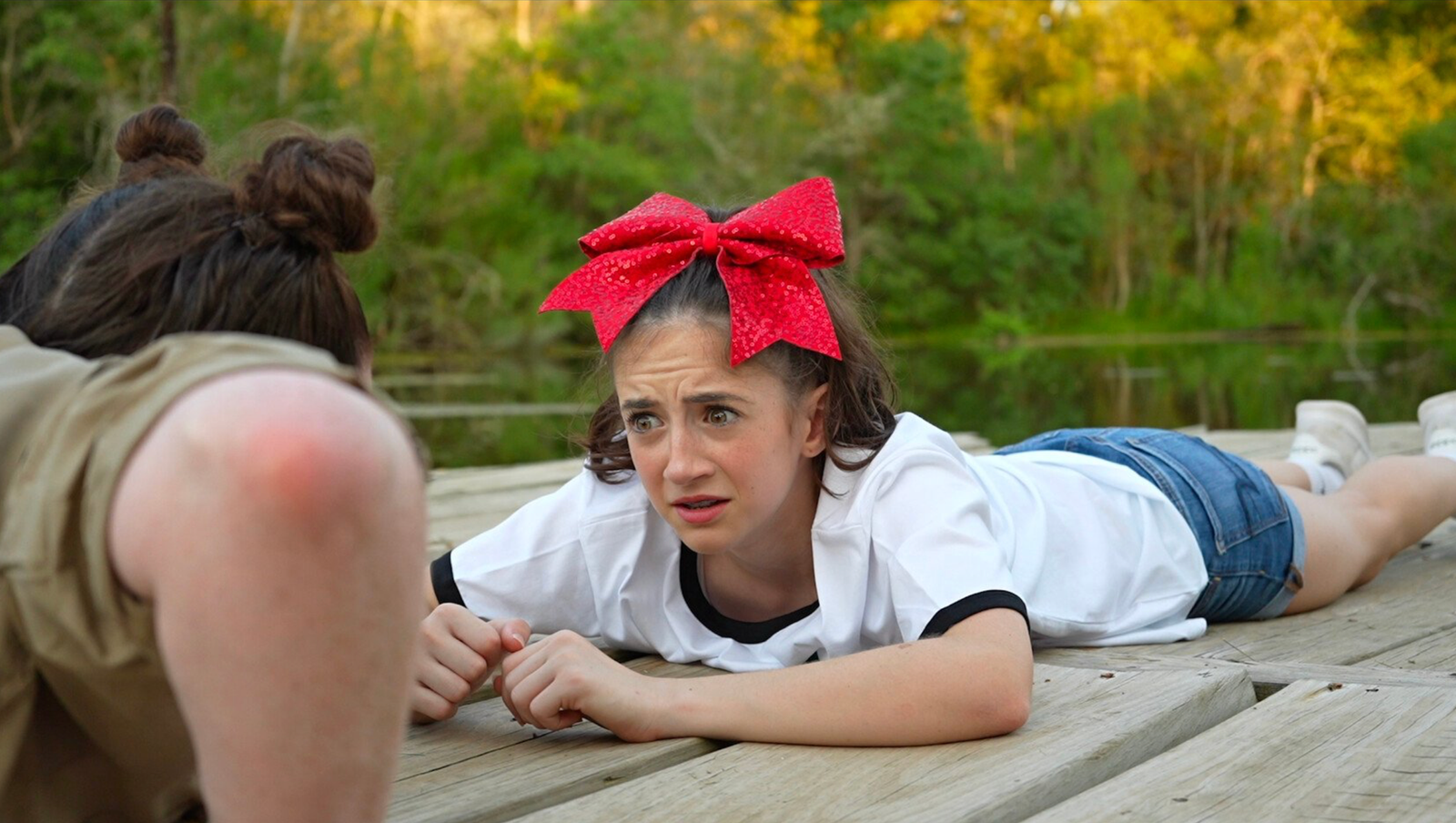
Darby Kingman’s “Camp Wackapoo: Rise of Glog” redefines summer camp comedy with a wild, energetic story about ambition, chaos, and the joy of embracing the unexpected. The film centers on a relentlessly competitive camp counselor who’s determined to finish first—only to face a motley crew of unruly campers and a summer unlike any other.
As Darby puts it, “Not everything is that deep. It really honestly was to make people laugh. She has all these kids that are not working with her and she’s just losing her mind. It’s crazy, silly, goofy, and it was a blast.”
What started as a simple scene for Darby’s acting reel evolved into a full-fledged film with encouragement from her mentor at Debbie Reynolds Acting School. Darby dove into every role—writing, directing, starring, and meticulously preparing each prop and costume. “Plan and prepare, but also be flexible and ready to be in the moment—that’s when the magic happens,” she advises.
Working with a handpicked cast of her own dance students, Darby built an atmosphere of real teamwork and camaraderie. She credits the “precious” energy of her young cast, her creative director of photography, and the overall spirit of her production team for turning the project into something bigger than herself. Her experience is an inspiring blueprint for indie filmmakers:
“Take initiative and control of your career. You can’t just sit around and wait for somebody to pick you. Figure out what you’re good at and go for it. Create something that brings joy to others.”
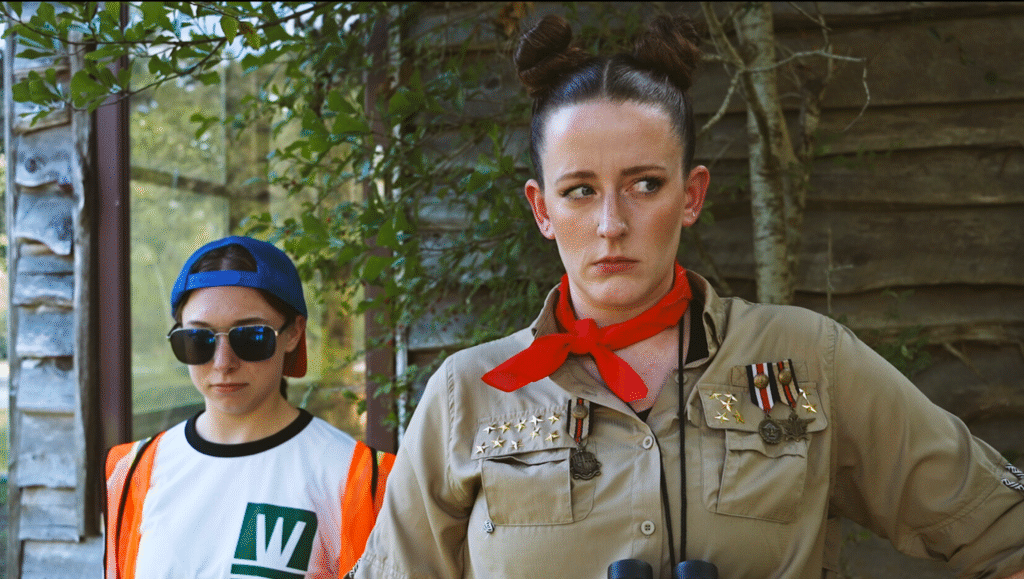
Her production motto? “Preparation is key, but you have to be ready to go with the flow—that’s when the magic happens.” Darby’s fearless creativity, focus on collaboration, and love for comedy shine throughout “Camp Wackapoo: Rise of Glog.” It’s more than just a camp satire—it’s a heartfelt testament to hard work, original humor, and leadership from the ground up: “People need to laugh right now. That’s a win.”
Catch “Camp Wackapoo: Rise of Glog” and experience Darby’s infectious energy and comic genius at the Deluxe Theatre on November 1, 2025. Get your tickets now at Houstoncomedyfilmfestival.com.
Entertainment
Diane Keaton Dies at 79
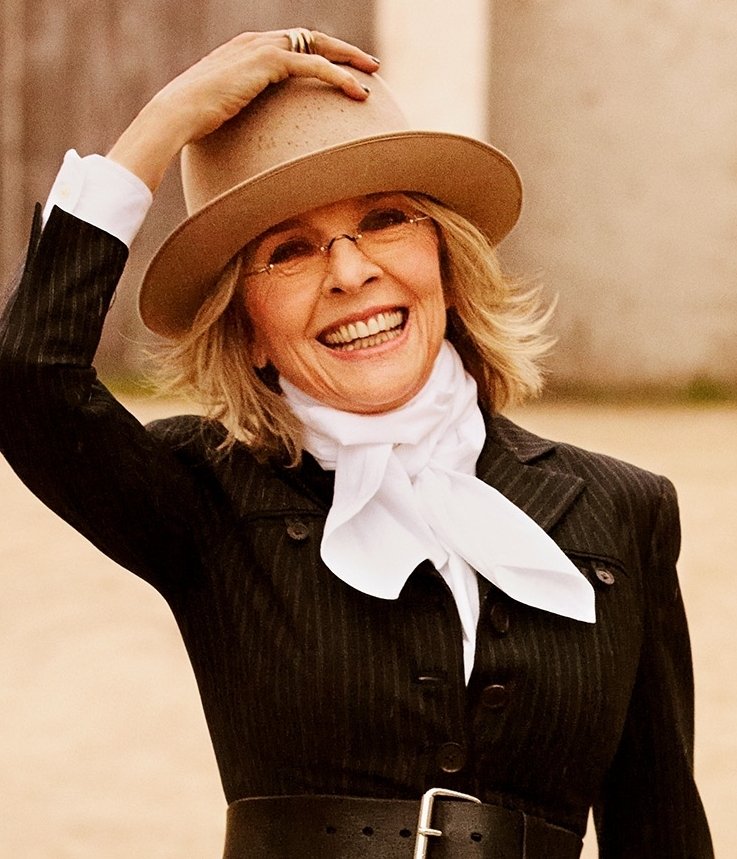
The world of film and entertainment is mourning the loss of Diane Keaton, an Oscar-winning actress renowned for her enduring talent, individuality, and influence on generations of performers and fans. Keaton died at the age of 79 in California on Saturday, October 11, 2025, her family confirmed. Details remain private, with her family requesting privacy as they grieve this profound loss.
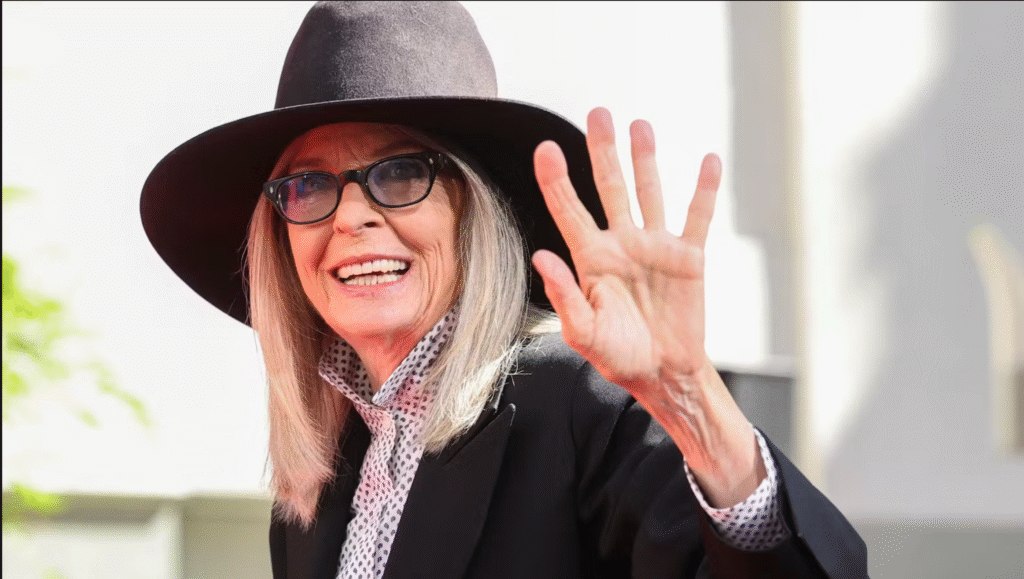
A Distinctive Talent
Diane Keaton rose to fame in the 1970s through a series of memorable roles, most notably as Kay Adams in “The Godfather” trilogy and as the quirky, unforgettable lead in Woody Allen’s “Annie Hall,” for which she won the Academy Award for Best Actress. Her performances in films like “The First Wives Club,” “Something’s Gotta Give,” and the “Book Club” series solidified her reputation as an actress with unique comedic timing and dramatic depth. Keaton was celebrated not only for her artistry but also for her androgynous fashion sense, characterized by menswear-inspired looks, hats, and an easy, effortless style that influenced generations.
Legacy and Tributes
Following the news of her passing, tributes poured in from Hollywood and beyond. Bette Midler, Goldie Hawn, and Jane Fonda were among the countless stars who expressed devastation and admiration for Keaton’s incomparable legacy. Hawn recalled their friendship and collaborations, writing: “Diane, we aren’t ready to lose you…you stole the hearts of the world and shared your genius with millions”. Midler echoed the sentiment, praising Keaton as “brilliant, beautiful, extraordinary” and a truly original presence in Hollywood.

Private Struggles and Final Months
Though fiercely independent and known for her openness, Keaton kept her declining health private in her final months. Friends and neighbors noticed her retreat from public life and social media, and she was recently seen less often in her Brentwood neighborhood. In the past, Keaton candidly discussed her ongoing battles with skin cancer and bulimia, openly advocating for personal health and authenticity.
Remembering Diane Keaton
Diane Keaton leaves behind a legacy defined by her fearless performances, unique style, and enduring influence on the arts. She is survived by her two children, Dexter and Duke. As Hollywood and her global fanbase mourn, her pioneering spirit and unmistakable voice will continue to inspire generations.

 Business4 weeks ago
Business4 weeks agoDisney Loses $3.87 Billion as Subscription Cancellations Surge After Kimmel Suspension

 Entertainment4 weeks ago
Entertainment4 weeks agoWhat the Deletion Frenzy Reveals in the David and Celeste Tragedy

 Entertainment4 weeks ago
Entertainment4 weeks agoExecutive Producer Debut: How Celia Carver Created Festival Hit ‘Afterparty’

 Film Industry4 weeks ago
Film Industry4 weeks agoCan Movie Theaters Steal the Show from Streaming?

 Health4 weeks ago
Health4 weeks agoRussia Claims 100% Success With New mRNA Cancer Vaccine

 News4 weeks ago
News4 weeks agoBody of Missing Teen Found in Tesla Linked to Musician D4vd

 Business4 weeks ago
Business4 weeks agoWhy Small Theaters Are Thriving While the Industry Struggles

 Business2 weeks ago
Business2 weeks agoWhy Are Influencers Getting $7K to Post About Israel?





